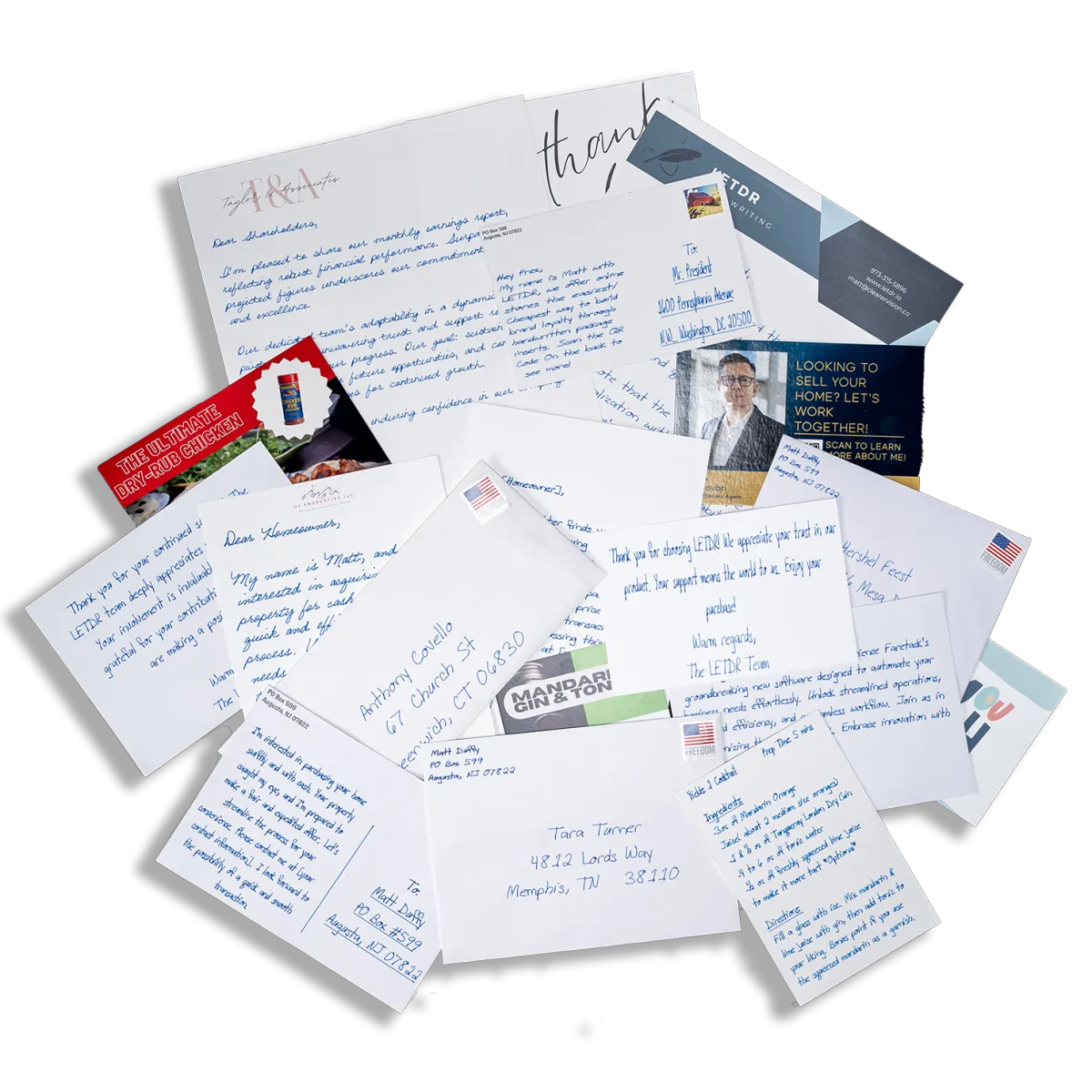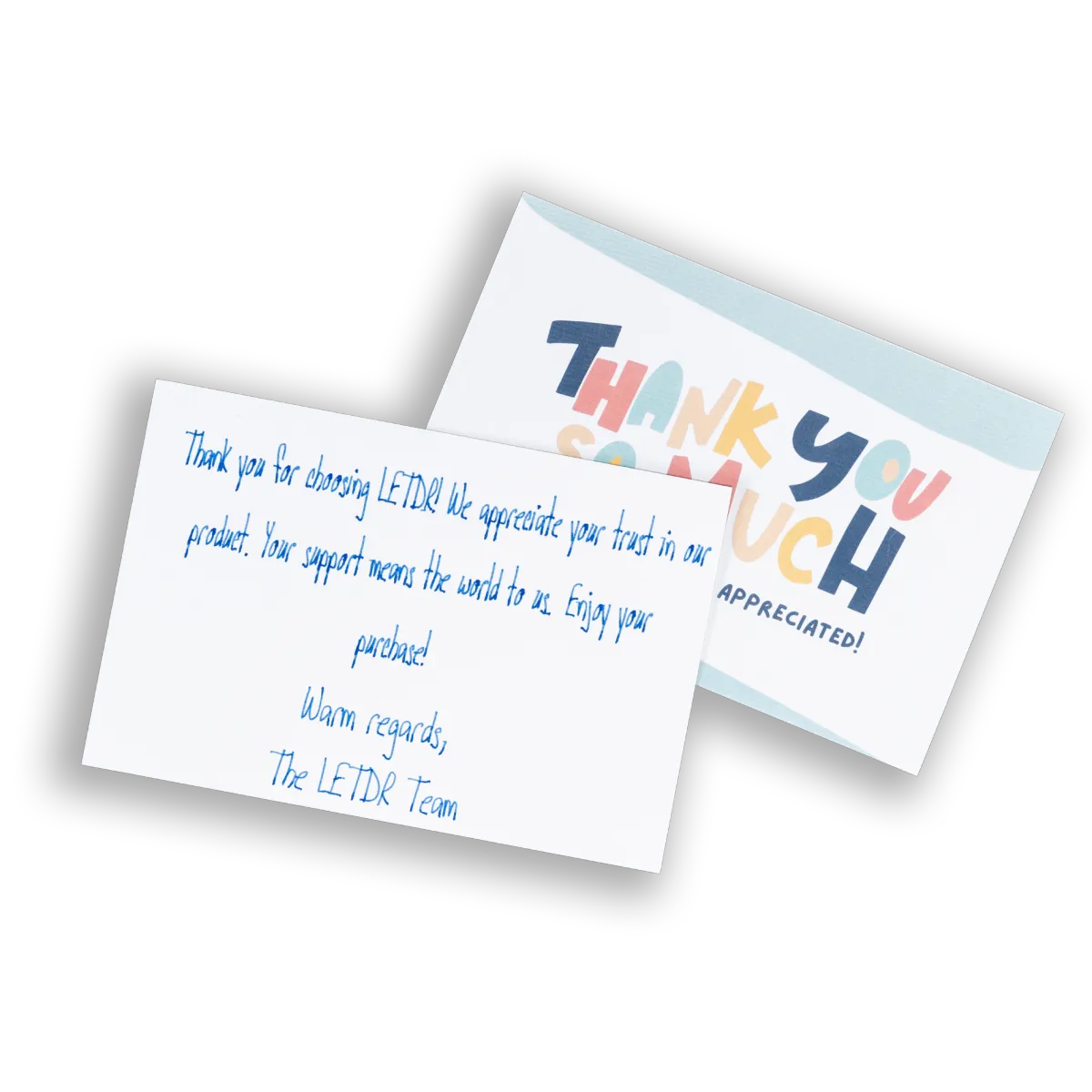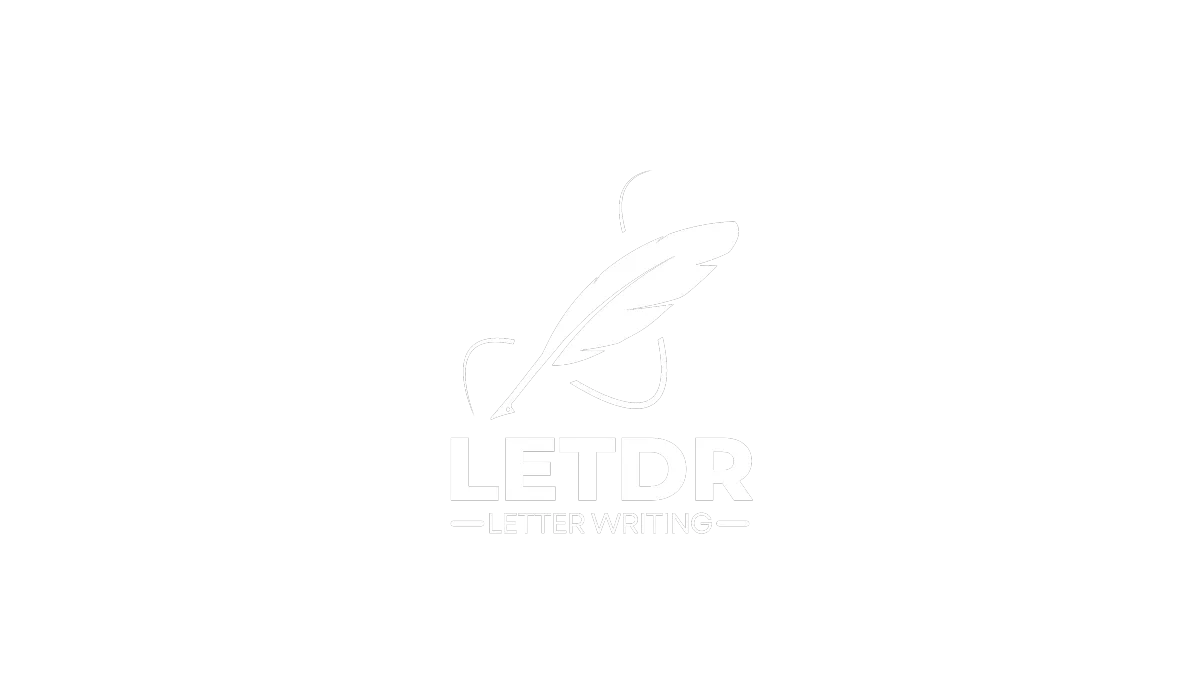OUR BLOG
The Latest in direct mail marketing
Discover our latest blog posts to unlock invaluable insights into emerging industry trends and unleash the potential for exponential growth in 2024.

Soot to Success: Chimney Sweeping Business
Introduction to Chimney Sweep Business
The chimney sweep business focuses on cleaning and maintaining chimneys, fireplaces, vents, ducts, and flues. This involves using special chimney cleaning equipment and techniques to remove built-up creosote, soot, ash, nests, and debris.
Chimney sweep services include:
Annual or bi-annual cleanings
Chimney inspections
Chimney sweeping
Fireplace cleaning
Chimney relining
Chimney repairs
Chimney cleaning certification demonstrates knowledge and skills. A chimney sweep business can service residential and commercial clients. Proper maintenance improves safety and prevents fires.

Market Research for Chimney Cleaning Industry
Conducting thorough market research is crucial when starting a chimney cleaning business. This involves investigating the industry outlook, competitors, target audience, and business costs and pricing.
Some important areas to research:
Industry Growth Trends
What is the predicted growth for the chimney cleaning industry? Is demand increasing or declining?
What market factors and regulations impact the industry?
What are the latest chimney cleaning technologies and practices?
Competitor Analysis
Who are the major competitors and what are their strengths and weaknesses?
What chimney cleaning services do they offer?
What are their pricing models and marketing strategies?
Target Audience
Who will be your ideal clients? Homeowners? Commercial businesses?
Where are they located? What are their demographics?
How often do they require chimney cleaning?
Startup Costs
What are the estimated costs for licenses, equipment, supplies, insurance, etc?
How much staff will you need initially? What are labor costs?
What are reasonable benchmarks for startup costs?
Pricing
What do competitors charge for chimney sweep services?
What pricing models make sense for your business - per chimney, hourly, etc?
How will you price profitably and competitively?
Marketing Options
Where does your audience look for providers? Online, directories, referrals?
What low-cost promotional tactics can you leverage?
What is the customer journey and buying process?
Ongoing market research helps track industry shifts, monitor competitors, identify new opportunities, and stay atop chimney cleaning best practices. Use data to make smart business decisions.

Startup Costs and Pricing for Chimney Sweep Services
Launching a chimney sweep business requires assessing startup costs and developing competitive pricing for services.
Startup Costs
Starting a chimney cleaning business requires an initial investment in key areas:
Equipment - $2,000 to $5,000 for essential tools like rods, brushes, vacuum, ladder, PPE, etc.
Licensing & Permits - $50 to $500 for business licenses, permits, insurance
Certification - $250 to $1,500 for training courses and exams
Marketing - $500 to $2,000 for branding, website, materials
Working Capital - $5,000+ reserve for operating costs before profitability
Total startup costs generally range from $10,000 to $15,000 for bare basics. Budget more for those wanting robust equipment, employees, shop space, etc. Financing options like loans and credit cards can assist with large upfront costs.
Pricing Chimney Services
Typical chimney sweep services and price ranges:
Chimney inspection - $80 to $150
Basic chimney sweep - $100 to $250
Fireplace cleaning - $150 to $300
Chimney relining - $250 to $1,000
Chimney repairs - $150 to $500
Common pricing models:
Per chimney
Hourly rate
Square footage
Set rates based on costs, profit margins, perceived value, and fair market prices. Increase prices for add-ons like same-day service, weekends, multiple chimneys, etc. Offer discounts for multiple cleanings, referrals, off-peak times. Adjust pricing as needed.
Balance affordable rates customers will pay with profitable margins for your chimney cleaning business.

Equipment Needs for Chimney Cleaning Startup
A chimney cleaning business requires specialized equipment and tools to perform services properly and efficiently.
Essential Chimney Cleaning Equipment
Must-have equipment:
Rods - fiberglass poles of varying length to run through chimney
Brushes - wire scrubs in multiple sizes to fit rods
Vacuum - cleans residue; truck mount or portable
Ladder - multi-position for roof access
Lights - headlamps, drop lights to illuminate interior
Blower - test draft after cleaning

Useful Equipment & Tools
Other useful items:
Camera - inspect interior chimney walls
Hammer - break apart debris
Shovel - remove fallen creosote/debris
Gloves - protect hands from sharp surfaces
Bucket - collect debris for disposal

Safety Gear
Important safety equipment:
Harness - secure to roof for fall prevention
Helmet - protect head from falling debris
Goggles - shield eyes from dust and scrapes
Mask - filter airborne particles
Boots - sturdy, slip-resistant footwear
Invest in quality equipment like a sturdy commercial-grade vacuum, fiberglass poles, and steel brushes. For ladders, lighting, tools, and safety gear, reliable brands are best. Purchase cost-effective accessories like knee pads and goggles.
Prioritize must-have chimney cleaning equipment first. Add more gear over time as business and service offerings grow. Proper equipment improves technician safety, work quality, and productivity.

Getting Certified for Chimney Sweeping
Getting chimney sweep certification demonstrates professional knowledge and skills. It also provides credibility and marketing advantages.
Chimney Sweep Certification Options
Popular chimney sweep certifications:
CSIA - Certified Chimney Sweep from Chimney Safety Institute of America
NCSG - Certified Chimney Sweep from National Chimney Sweep Guild
Local - State or regional chimney sweep certification programs

CSIA Certification
The CSIA Certified Chimney Sweep program covers:
Chimney inspections
Fireplace and wood stove assessments
Identification of chimney defects
Code compliance
Sweeping methods
Chimney fires
Draft testing
Technicians attend a 6-day training program and pass an exam. Certification lasts 3 years and requires continuing education.

NCSG Certification
For NCSG chimney sweep certification:
Complete training with a Registered Master Chimney Sweep
Pass a written and practical exam
Certification lasts for 5 years
Continuing education is recommended
Local Programs
Some states and associations offer chimney sweep certification classes and testing. These programs teach regional codes and practices.
Choosing Certification
Consider program duration, cost, requirements, and recognition when choosing chimney sweep certification. CSIA is nationally recognized. NCSG has a mentorship component. Local programs teach region-specific knowledge.
Certification boosts skills and demonstrates commitment to professional standards. Promote credentials in your chimney sweep marketing. Ongoing training keeps knowledge current.

Registering a Chimney Sweep Business
Properly registering your chimney sweep business makes it legal and legitimizes the company.
Choosing a Business Structure
Common structures:
Sole proprietorship
Partnership
Limited Liability Company (LLC)
S-Corporation
An LLC combines pass-through taxation with personal liability protection. Filing as an LLC also presents a professional image.
Registering Your Business Name
Choose a unique chimney sweep business name
Check availability as a web domain and social media handles
Register your legal name and DBA (doing business as) name
Getting Licenses and Permits
Business license - required to operate legally
Sales tax permit - if selling taxable goods or services
Health permits - may be required depending on location
Applying for an EIN
Obtain an Employer Identification Number from the IRS
Required for hiring employees and opening business bank accounts
Registering your Business
File formation documents with your state (LLC Articles of Organization or Corporation Articles of Incorporation)
Submit business registration forms with state/local agencies
Register for state and local taxes
Insurance Needs
General liability - protects if customers are injured
Workers' comp - required if hiring employees
Professional liability - recommended for service professionals
Check local regulations to ensure full compliance when registering a chimney sweep business in your state.

Marketing Strategies for Chimney Cleaning
Effective marketing is essential for getting the word out about your chimney cleaning business and attracting new customers.

Digital Marketing Tactics
Online marketing tactics:
Website - Highlight services, showcase work, book appointments
Search Engine Optimization - Improve local rankings to get found online
Google My Business - Create a free listing to appear in local search
Social media - Engage with customers and post project photos
Email - Send promotions, newsletters, reminders to subscribers
Online reviews - Encourage happy customers to leave positive feedback
Traditional Marketing Ideas
Offline marketing tactics:
Print Ads - Place ads in local newspapers and magazines
Direct Mail - Send postcards & brochures to targeted households, even handwritten letters
Vehicle Marketing - Add logo, phone number and website to your vehicles
Networking Events - Connect with potential referral partners face-to-face
Signage - Place roadside signs and posters at high-traffic areas
Sponsorships - Sponsor local events and organizations
Referral Programs
Offer discounts for customer referrals
Send thank you cards or gifts to referrers
Highlight testimonials from happy customers
Wow every customer so they'll recommend you
Track results to see which chimney cleaning marketing tactics deliver ROI. Focus efforts on proven lead generators. Mix digital and traditional strategies to reach clients.

Managing a Chimney Sweep Company
Operating a chimney sweep business requires effective systems to manage day-to-day operations and administrative tasks.
Scheduling Jobs
Use chimney cleaning software to organize appointments
Enable online booking for customer convenience
Manage team schedules and route optimization
Completing Work
Provide technicians with mobile apps to access job details
Standardize cleaning processes for consistency
Use checklists to record services completed
Processing Payments
Accept electronic payments onsite or online
Send professional invoices and collect promptly
Integrate accounting to track revenue and expenses
Managing Employees
Hire certified, experienced chimney sweeps
Conduct background checks and verify credentials
Provide uniforms, training, and safety protocols
Track hours worked and process payroll
Delivering Excellent Service
Set clear policies for arrival times, communication, etc.
Get feedback after every job and rectify issues
Respond promptly to all customer inquiries
Follow-up regarding service quality
Monitoring Operations
Review revenue, profitability, and other KPIs
Analyze customer acquisition costs and lifetime value
Assess technician productivity and job costs
Adjust pricing, staffing, marketing as needed
Using chimney cleaning software and standardized processes improves organization, accountability, and efficiency when managing a chimney sweep company.

Software Options for Chimney Cleaning Business
Chimney cleaning software automates operations and provides a centralized hub to manage all business activities.
Features of Chimney Sweep Software
Typical capabilities:
Booking and scheduling
Job dispatching
Customer database
Estimates and invoices
Payments and accounting
Route optimization
Inventory management
Marketing tools
Reporting and analytics
Benefits of Using Software
Software benefits:
Increased Organization - All data in one place
Improved Efficiency - Automate manual tasks
Enhanced Convenience - Mobile access and online booking
Better Customer Service - Streamlined operations and communication
Higher Productivity - Optimize technician schedules and routes
More Professionalism - Branded online presence and materials
Informed Decisions - Insights from reporting

Choosing Software
Consider capabilities, integration, mobile access, pricing, and reviews when selecting chimney cleaning software.
Leading options:
Housecall Pro
Jobber
ServiceTitan
Service Fusion
Workiz
Chimney cleaning software eliminates paper-based processes. It provides anytime, anywhere access to business data and improves organization, efficiency, and professionalism.

Keys to Profitability in Chimney Sweep Industry
Running a consistently profitable chimney sweep business requires paying close attention to pricing and costs.
Setting Profitable Pricing
When pricing chimney cleaning services:
Research current industry rates in your area
Factor in all labor and material costs
Determine your target profit margin
Consider customer perceived value
Offer package pricing and bundled services
Implement dynamic pricing tactics like surcharges and discounts
Adjust pricing as needed based on demand
Controlling Costs
To maximize profits:
Start small and outsource work until demand grows
Buy quality used equipment and buy in bulk
Standardize processes to minimize waste
Schedule staff efficiently to reduce idle time
Optimize routes to reduce fuel and labor costs
Leverage software to automate tasks
Monitor budgets and actuals to identify savings
Driving Revenue
Boost profits by:
Specializing in higher-margin chimney relining, repairs, etc.
Offering maintenance agreements for recurring revenue
Upselling additional services during standard cleans
Focusing on commercial clients versus residential
Using promotions and discounts sparingly
Collecting customer leads for future sales
Profitability requires finding the optimal balance between pricing, costs, and revenue streams when running a chimney sweep company. Monitor KPIs and adapt approaches as needed.

Creating a Competitive Advantage in the Chimney Cleaning Market
There are several strategies chimney cleaning businesses can use to differentiate themselves and gain an edge over competitors.
Specializing
Focus on specific services like chimney relining or repairs
Cater to niche markets such as restaurants or industrial
Convenience
Offer 24/7 availability for emergency service
Provide online booking and mobile payments
Customer Service
Hire friendly, experienced technicians
Exceed expectations and rectify issues quickly
Follow up after service calls
Qualifications
Highlight technician training and certifications
Advertise years in business, awards, recognitions
Guarantees
Offer satisfaction guarantees to reduce perceived risk
Provide warranties on parts and labor
Green Services
Use eco-friendly chemicals and processes
Highlight sustainability initiatives and certifications
philanthropy
Donate a portion of proceeds to local causes
Sponsor community events
Technology
Leverage chimney cleaning software to improve operations
Use camera scoping and advanced diagnostic tools
Competitive pricing
Offer monthly discounts and customer loyalty programs
Provide competitive rates for first-time customers
Identifying strengths and finding creative ways to provide added value builds competitive advantage for chimney cleaning companies.

Conclusion
Starting a chimney sweep business provides an excellent opportunity with low barriers to entry, minimal startup costs, and healthy profit potential. However, careful planning and ongoing effort is required to build a thriving, sustainable company in this industry.
The keys to succeeding with a chimney cleaning business include conducting in-depth market research, registering the business properly, investing in necessary equipment and tools, getting trained and certified, developing a strong brand and professional image, using diversified marketing strategies, delivering exemplary service, leveraging chimney cleaning software to streamline operations, keeping costs low, and differentiating your business from competitors.
Be prepared to put in long hours initially as you establish your customer base and fine-tune your service approach. Expect lean times in the off-season when chimney cleaning demand declines. With persistence and adaptability however, your hard work can result in a rewarding and financially stable chimney sweep business.
Stay abreast of industry best practices and technology advancements. Continue honing your craft. Keep current customers satisfied and gain new ones through referrals. By reinvesting profits to grow strategically, the potential exists to develop your side-hustle chimney cleaning startup into a highly prosperous regional or even national brand over time








